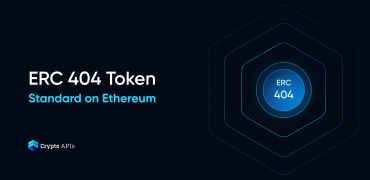-
Sign Up
Login
-
Products
Products
Established tech stack, tools & standardsEnterprise adoption & integrationTailored execution environmentsNode as a Service
Shared node infrastructure for top blockchains using JSON-RPC.
Dedicated Nodes NEW
Dedicated nodes infrastructure for leading blockchains using JSON-RPC
Transaction Simulator EARLY ACCESS
Test EVM transactions, optimize gas fees and identify security flaws
Blockchain Data
Unified data from a single point using REST APIs. Execution time of 25ms.
Blockchain Events
Real-time notifications for events on top blockchains. Response under 100ms.
Blockchain Tools
A set of prepared cryptographic APIs with unified endpoints which save time and effort.
Market Data
Get access to unified market data using REST APIs from top crypto exchanges.
View all products -
Use Cases
Use Cases
We help businesses and institutions take part in the Web 3 ecosystem. - Enterprise
-
Developers
Developers
Technical documentation, SDK libraries and specifications for all Crypto APIs endpoints. - Pricing
- About us























 Live
Live


























 Copy link
Copy link